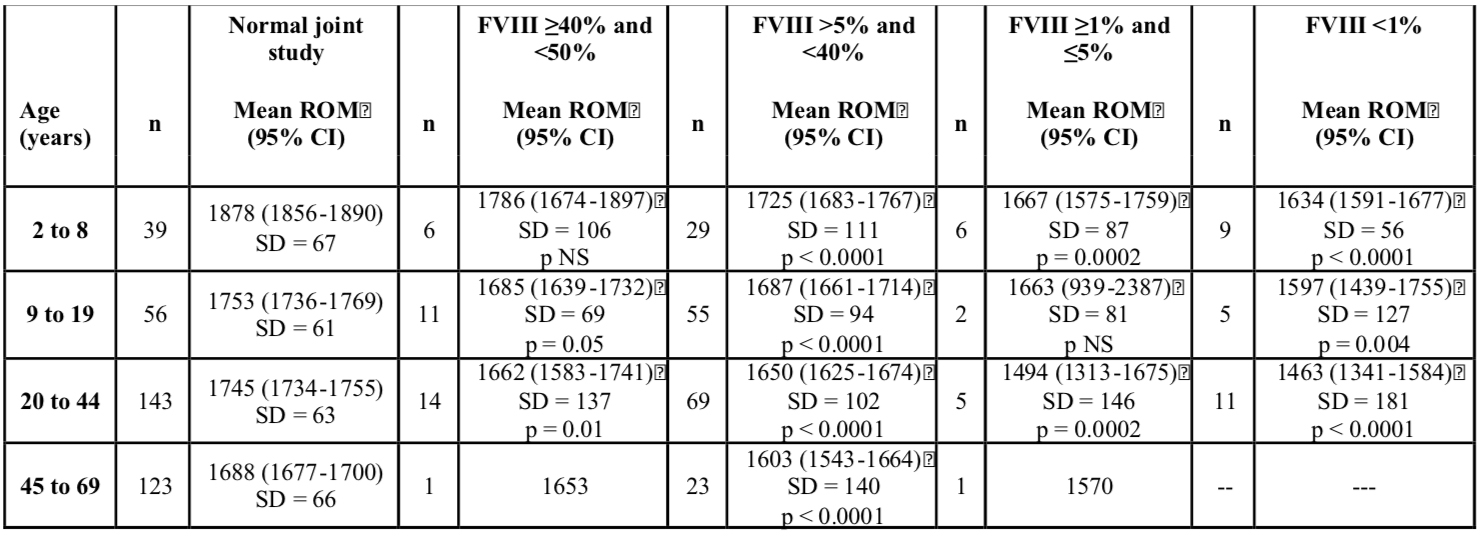Characteristics and Treatment Patterns of Medicaid Patients with Hemophilia A Receiving Prophylaxis vs. On-Demand Factor VIII Therapy
Objective:
Few data sources contain sufficient patient count to study the real-world efficacy of factor VIII (FVIII) therapy in patients with hemophilia A (HA). Health insurance claims databases offer that opportunity. This study sought to identify patients with HA receiving prophylaxis versus on-demand FVIII regimens and describe their characteristics and treatment patterns utilizing data from Medicaid programs.
Methods:
Healthcare claims from Florida, Iowa, Kansas, New Jersey, and Missouri Medicaid programs covering 1996 to 2011 were used. Patients with ≥2 HA diagnoses (ICD-9 286.0), ≥2 dispensings for FVIII after age 2, continuous Medicaid eligibility ≥6 months before (baseline period) and ≥12 months after the first FVIII fill, and no evidence of bypassing agents or desmopressin use were included. Prophylaxis and on-demand regimens were identified using an algorithm calibrated to distinguish the regimens within five age groups based on the annual total units of FVIII dispensed regardless of the severity level: 16,480 IU (2–7 years old); 32,770 IU (8–12); 66,920 IU (12–16); 98,349 IU (17–21); 204,552 IU (≥22). The algorithm was developed using prescription records of 1,311 patients from three U.S. specialty pharmacy databases. FVIII treatment patterns and patient demographic and clinical characteristics were examined.
Summary:
From the approximately 14.8 million covered lives encompassed in the five Medicaid databases, a total of 2,408 (0.016%) patients with ≥2 diagnoses for HA were identified; 448 met the study eligibility criteria with 229 (51.1%) patients receiving prophylaxis FVIII and 219 (48.9%) patients receiving on-demand FVIII. Younger patients were more likely to receive prophylaxis therapy (percent by age group: 61% [2–7]; 70% [8–12]; 63% [12–16]; 51% [17–21]; 20% [22+], mean (SD) age, prophylaxis: 10.8 (9.8) years old; on-demand: 18.7 (14.4) years old). Mean (range) observation period was 5.6 (1.0-15.2) years for prophylaxis patients and 5.6 (1.0-15.2) years for on-demand patients.
Conclusions:
In a population of 448 Medicaid patients with HA, this study found that 51.1% and 48.9% patients received prophylaxis and on-demand FVIII regimens, respectively. With the average observation of patients for more than 5.5 years, this database offers the potential for long-term follow-up to assess the relative efficacy of prophylaxis versus on-demand FVIII regimens in decreasing the incidence of bleeding events. These evidences from claims databases are critical to payers and decision makers as they reflect real-world clinical practice and patterns of FVIII use. Information on HA severity level was not available in the databases used.


